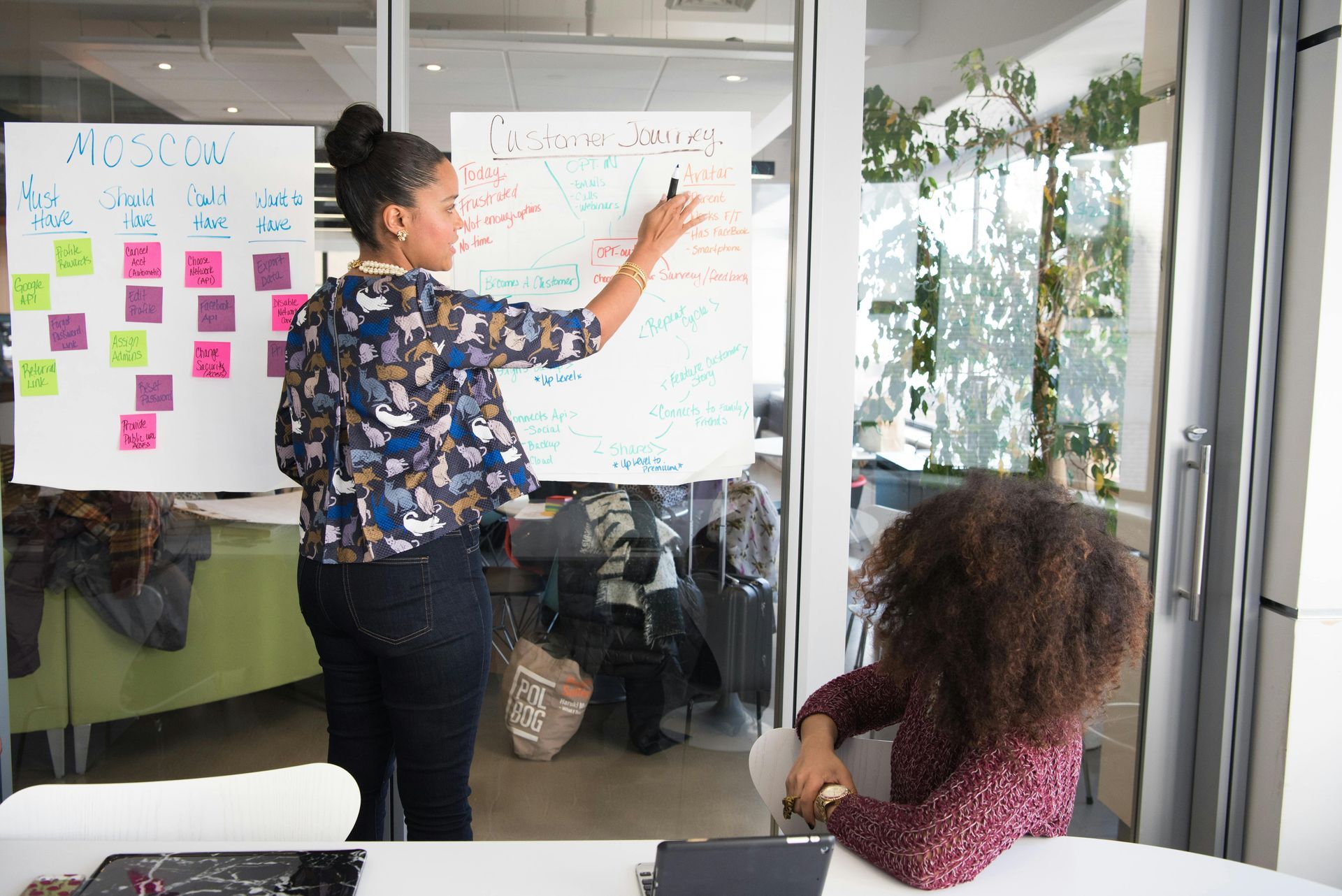Smarter Sun Habits Could Save Your Life
As July marks Ultraviolet (UV) Safety Month, it’s not just a seasonal reminder—it’s a lifesaving wake-up call. In the United States, skin cancer is the most common cancer, and the risks are rising.
According to the American Cancer Society, 1 in 5 Americans will develop skin cancer by the age of 70. More than 100,000 new melanoma cases are expected in 2025 alone.
The primary culprit?
UV radiation, whether from sunlight or artificial sources like tanning beds. The Skin Cancer Foundation confirms that about 90% of melanomas are caused by UV exposure, which damages skin cell DNA, causes burns, accelerates aging, and triggers mutations that lead to cancer.
These are not distant risks—they’re daily ones.
But prevention is possible.
And it doesn’t start with sunscreen—it starts with behavior. For individuals, families, and communities, building smart sun habits today can protect future health and even save lives.
One of the most effective strategies is layered protection. The Skin Cancer Foundation recommends a combination of shade (especially between 10 a.m. and 4 p.m.), wearing Ultraviolet Protection Factor (UPF)-rated clothing, wide-brimmed hats, and UV-blocking sunglasses, plus a broad-spectrum SPF 30+ sunscreen.
Sunscreen should be applied generously—about one ounce for full body coverage—20 to 30 minutes before exposure, and reapplied every two hours or immediately after sweating or swimming. Indoor tanning should be completely avoided; using a tanning bed before age 30 increases melanoma risk by up to 75%.
Beyond protection, we also need repetition and routine. According to the Centers for Disease Control and Prevention, even on cloudy days or during winter, UV rays penetrate cloud cover and reflect off surfaces like water, sand, snow, and pavement.
Making sunscreen and shade part of our daily habits—just like buckling a seat belt—isn’t just good advice. It’s disease and cancer prevention in action.
🔥 HOT RESOURCE: Want to build stronger sun safety programs and habits in your community, school, or workplace?
- Download our 31-Day Content Plan and Outreach Masterclass to spark behavior change, boost awareness, and lower long-term risk.
It’s also essential to promote access to early detection by observing skin changes. Suspicious moles or lesions often appear on sun-exposed skin. The American Academy of Dermatology recommends monthly self-exams and at least one annual dermatologist visit. Areas to monitor include the ears, scalp margins, neck, lips, back of the hands, and the tops of the feet. These spots are easy to miss—but early detection in these areas can be life-saving.
Sun safety shouldn’t just be a personal habit—it should be part of our community health empowerment and infrastructure. Teenagers and young adults are particularly vulnerable to risky sun exposure, yet least likely to be targeted by prevention campaigns.
Schools, health departments, and youth programs have a real opportunity to change the trajectory of these statistics and health outcomes through education, role modeling, and environmental design. Shade structures, signage, free sunscreen stations, and peer-led campaigns all work—and they’re more effective when aligned to a strategy.
At Jenkins Public Health Consulting®, we help organizations build sustainable public health programs that move beyond short-term awareness. Whether you’re running a summer camp, managing a school district, or leading a regional health department, we can help you integrate UV protection strategies into your existing outreach and prevention plans.
Our 5-Step Community IMPACT Framework© makes it easier to design effective messaging, target
high-risk groups, and generate the data you need to sustain your program.
Sun protection isn’t just about sunscreen—it’s about creating the habits and environments that help people stay well, for life. As with any public health challenge, the key is literacy, access, and community alignment.
⭐ Did you enjoy this blog?
I invite you to take one of these actions to put this knowledge into practice.
- Instant access to your 31-Day Content Plan
& bite-size masterclass to amplify your health marketing and community outreach efforts!
- Ready to ramp up your health programs and campaigns? Book a strategic planning session to collaborate and access custom resources to advance prevention, testing, and treatment initiatives for your community: Schedule Here
- Share your biggest take away with me on Instagram or LinkedIn - I would love to hear from you!
Let us help position your initiatives for Funding On Repeat without solely depending on grants!
Sources:





